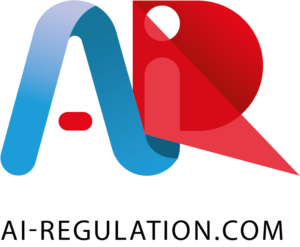On August 26, 2022, the European Commission published a set of rules that it says automated driving systems (ADS) must meet in order to be approved. The regulation focuses on the need to assure that performance requirements are met, and the safety of automated driving systems demonstrated, before they can be approved. For this purpose, the Commission considers it necessary to introduce measures aimed at making automated driving systems more safe, and strict parameters regarding their manufacture.
The EU Commission has outlined in great detail which systems they intend to regulate using these rules. Indeed, automated vehicles can’t be seen as a monolithic entity, and this technology can be applied in various ways. The first of the fully autonomous vehicles included in the regulation are the fully automated vehicles, including dual-mode vehicles (those which can either be driven by a person or by an automated driving system). These are defined as being “designed and constructed for the carriage of passengers or carriage of goods on a predefined area.” The regulation will also apply to “hub-to-hub” fully automated vehicles, which also includes dual-mode vehicles, that are “designed and constructed for the carriage of passengers or carriage of goods on a predefined route with fixed start and end points of a journey/trip”. Eventually, it will include dual mode “automated valet parking” vehicles, which will have a “fully automated driving mode for parking applications within predefined parking facilities”.
Furthermore, the regulation includes several definitions of important concepts that relate to automated vehicles. Such definitions bring clarity to this technology. For example, an Automated Driving System (ADS) is defined as the “hardware and software that are collectively capable of performing the entire [dynamic driving task] on a sustained basis in a specific operational design domain.” In addition, the Dynamic Driving Task (DDT) is defined as the operational and tactical functions required to operate the vehicle, not including “strategic” functions such as trip scheduling and selection of destinations. The DDT also includes operational and technical subtasks such as lateral motion control, acceleration, and deceleration, monitoring of the driving environment, etc. Finally, another definition is worth mentioning here: the Operation Design Domain (ODD), which provides the “operating conditions under which a given ADS is specifically designed to function, including, but not limited to, environmental, geographical, and time-of-day restrictions, and/or the requisite presence or absence of certain traffic or roadway characteristics”.
In addition, a series of annexes are included in the regulation, which go from a European model for approving autonomous vehicles, to performance requirements:
Amongst the performance requirements, the need to comply with the traffic regulations of the State where the systems are deployed stands out. The regulations also encompass speed limits, the correct distance between vehicles, and prioritisation of the protection of human lives. Furthermore, an ADS should be able to detect objects and incidents that could arise like other road users crossing the road, oncoming emergency vehicles, roadworks, accidents, obstacles, adverse meteorological conditions, etc. As well as being able to respond to the risks that any of these situations may pose, minimising the risks to the safety of the persons involved represents another critical requirement of ADS.
Finally, one of the annexes includes a compliance assessment of the ADS based on parameters such as traffic scenarios, the system’s safety specifications, the manufacturer’s test results, the principles employed to assess credibility, amongst others.
This regulation arrives at a time when the industry is racing to make fully autonomous vehicles. However, there have been reports of incidents of autonomous car systems malfunctioning, and the security of these systems has been questioned, reinforcing the need for clear rules for this area.
SCJ

